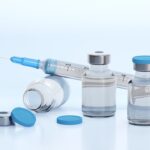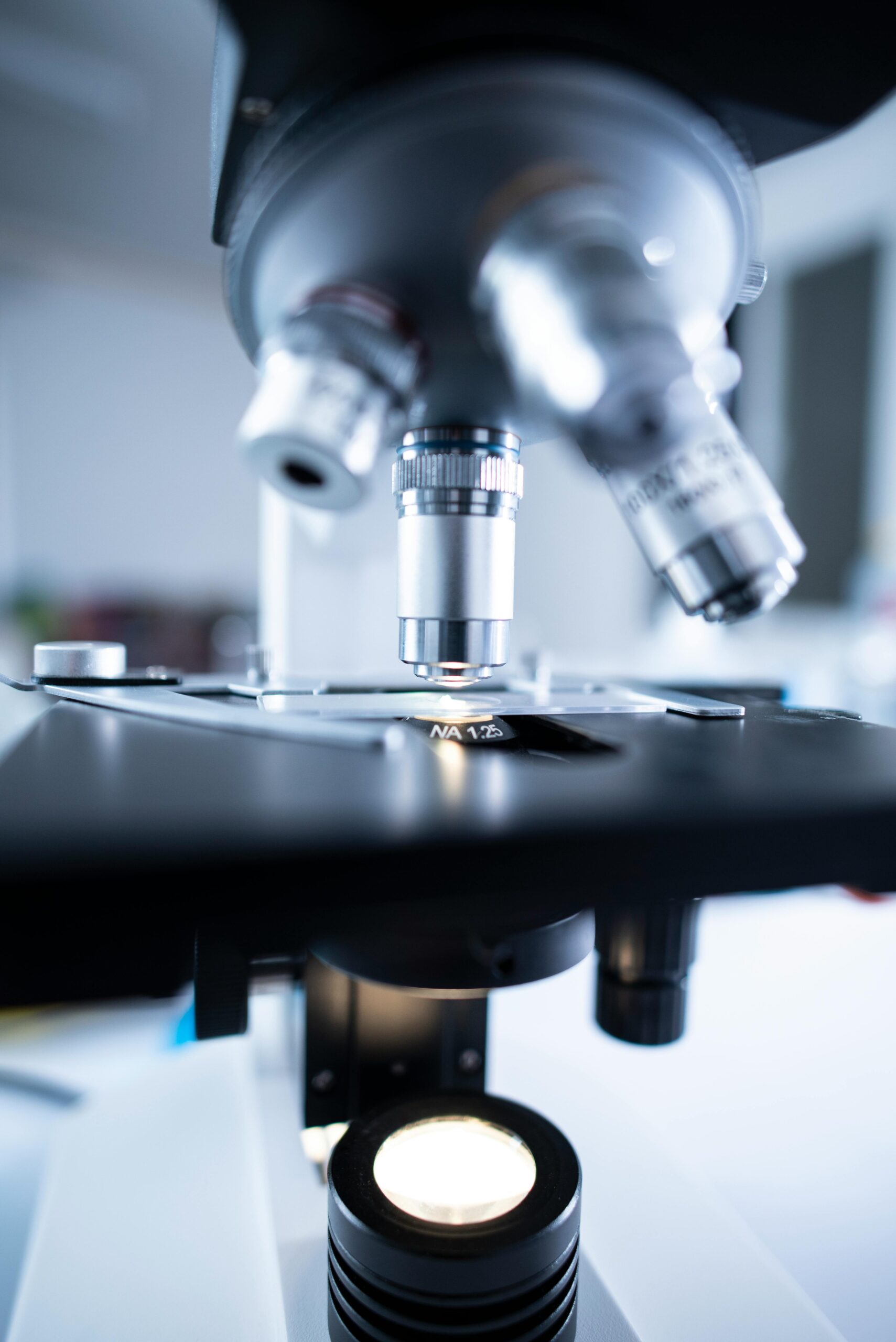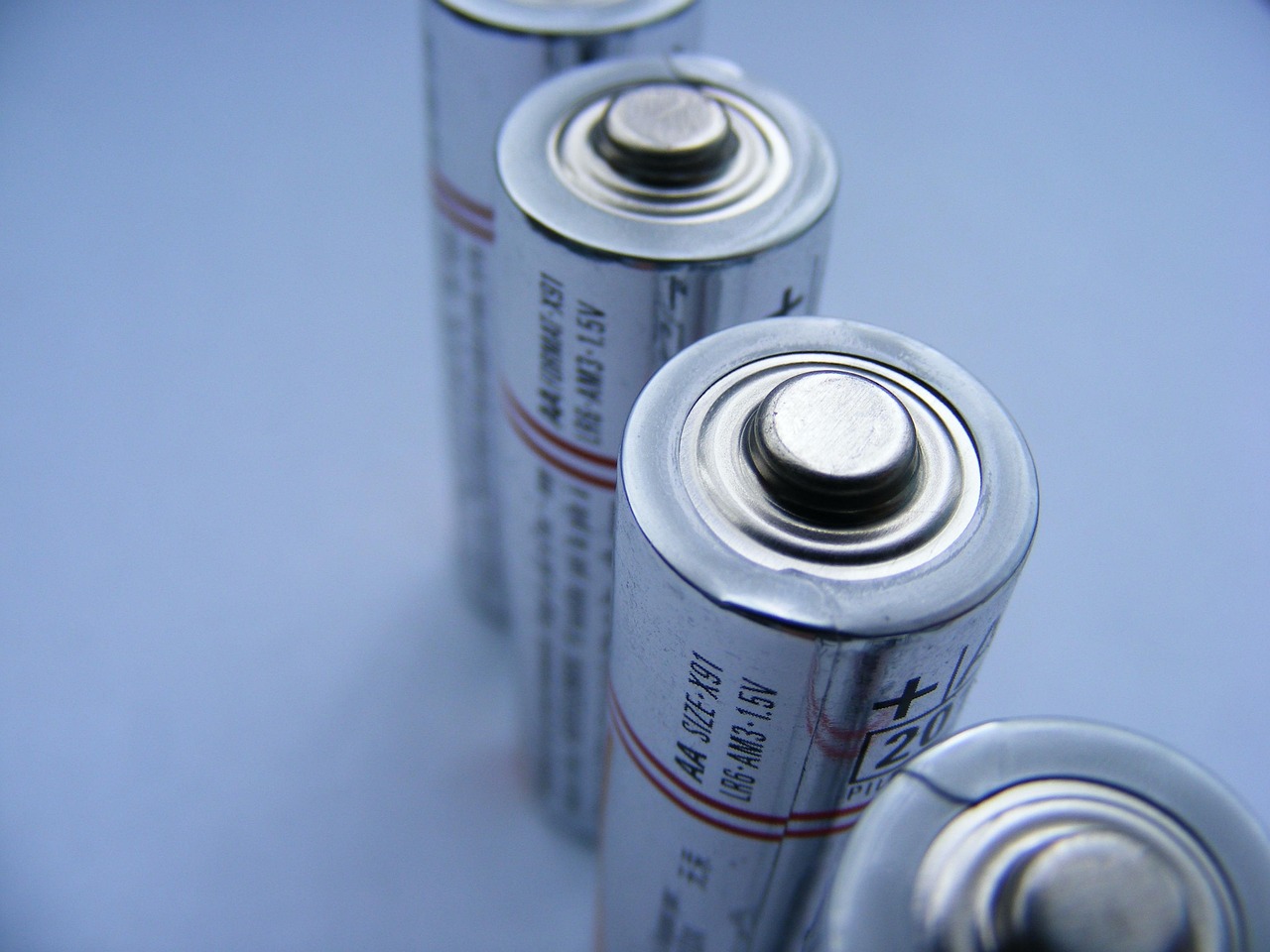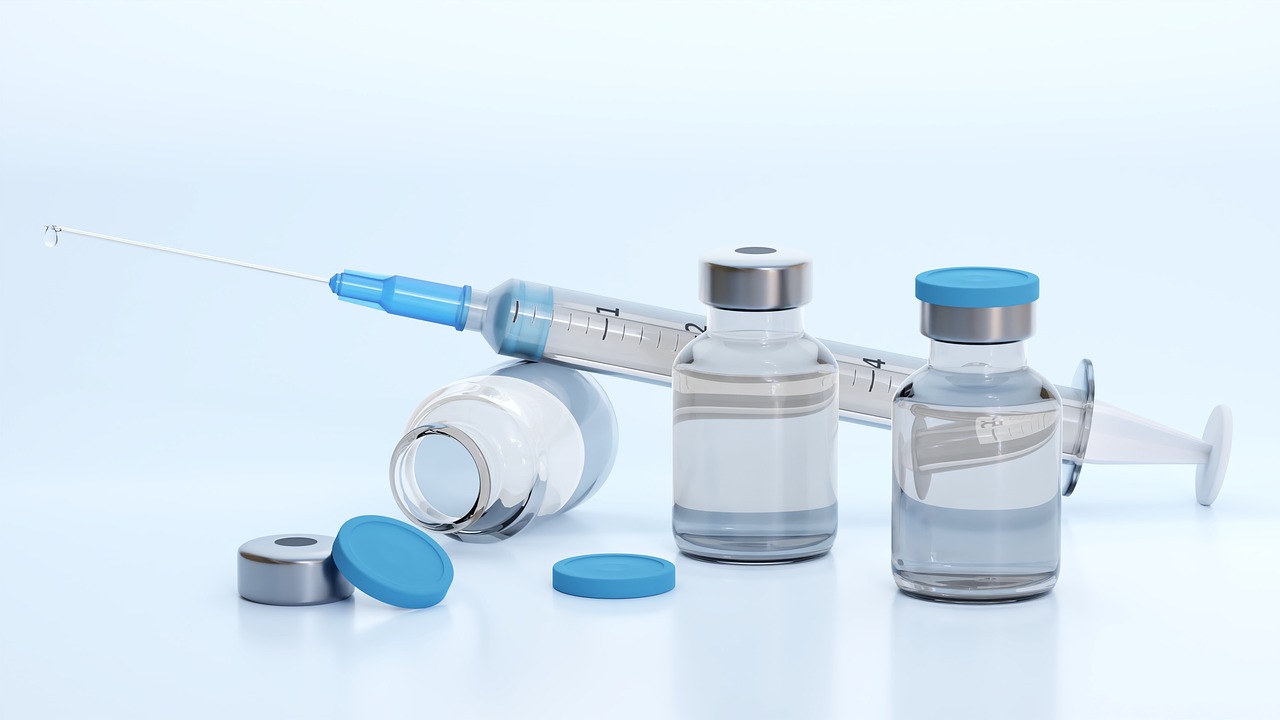Biotechnology stands at the intersection of biology and technology, offering innovative solutions for healthcare, environmental sustainability, and industrial production. At its core, biotechnology leverages living cells—microbial or mammalian—to perform complex functions, from producing life-saving drugs to degrading pollutants. A critical challenge in these processes is maintaining cell viability and functionality under often harsh or fluctuating conditions.
Two powerful, emerging strategies—single-cell nanoencapsulation and biofilm engineering—offer revolutionary ways to protect, organize, and optimize cells for enhanced performance. This article delves into these technologies, how they intersect, their applications, and their promise for transforming biotechnological processes.
Understanding Single-Cell Nanoencapsulation
What is Single-Cell Nanoencapsulation?
Single-cell nanoencapsulation is the process of enveloping individual cells within a thin protective shell at the nanoscale, typically ranging from a few nanometers to micrometers in thickness. These shells can be composed of polymers, biominerals, or synthetic materials designed to provide a controlled microenvironment around each cell.
Unlike traditional encapsulation methods that trap clusters or colonies of cells, nanoencapsulation focuses on protecting each individual cell. This precision allows for improved cell survival and function without impeding the cell’s ability to exchange nutrients, gases, or signaling molecules with its environment.
Methods of Nanoencapsulation
Several techniques have been developed to nanoencapsulate cells, including:
Layer-by-layer (LbL) assembly: Alternating deposition of charged polymers forms multilayer shells.
Biomineralization: Cells catalyze the formation of mineral shells like silica or calcium carbonate.
Polyelectrolyte complexation: Polymers form complexes that coat cells via electrostatic interactions.
Microfluidic encapsulation: Precise microdroplet formation to coat individual cells.
Each method offers control over shell thickness, permeability, and functionality, enabling customization for specific applications.
Advantages of Single-Cell Nanoencapsulation
Enhanced Stability: Coatings protect cells from adverse conditions such as extreme pH, temperature fluctuations, or toxins.
Controlled Microenvironment: Nano-shells can regulate diffusion rates of substrates and products, optimizing metabolic activity.
Improved Viability: Encapsulation extends cell longevity in industrial bioreactors or therapeutic applications.
Functionalization: Shells can be engineered with biomolecules or targeting ligands to enable specific interactions.
Biofilms: Nature’s Cellular Communities
What Are Biofilms?
Biofilms are structured communities of microorganisms adhered to surfaces and embedded within a self-produced extracellular polymeric substance (EPS) matrix. This matrix is primarily composed of polysaccharides, proteins, lipids, and extracellular DNA, creating a protective scaffold that binds the cells together.
Biofilms are ubiquitous in natural and artificial environments—from dental plaque to riverbeds, medical devices, and industrial pipelines. They enable microbes to survive hostile environments by fostering cooperation and resource sharing.
Functional Roles of Biofilms
Protection: The EPS matrix shields cells from antibiotics, disinfectants, and environmental stresses like desiccation and UV radiation.
Metabolic Cooperation: Cells within biofilms can exchange metabolites, nutrients, and genetic material, allowing division of labor.
Spatial Organization: Biofilms create nutrient and oxygen gradients that support diverse metabolic activities and increase system robustness.
The Intersection: Nanoencapsulation within Biofilms
How Do Nanoencapsulation and Biofilms Relate?
While biofilms naturally protect communities of cells, single-cell nanoencapsulation provides a synthetic and highly controllable way to enhance or mimic this protection at the individual cell level.
Nanoencapsulation can engineer the properties of biofilms by modifying cell surface characteristics, influencing adhesion, communication, and spatial organization.
Encapsulated cells may serve as modular building blocks for synthetic biofilms, where each cell’s environment and function can be tailored precisely.
This intersection enables fine-tuning of microenvironments within biofilms, potentially improving metabolic efficiency, stress tolerance, and productivity.
Applications in Biotechnology
1. Bioprocessing and Fermentation
In industrial bioprocessing, microbes often face toxic substrates, product inhibition, or fluctuating environmental conditions that reduce productivity.
Encapsulated cells exhibit enhanced tolerance to these stresses, maintaining higher viability and metabolic activity.
Synthetic biofilms constructed from encapsulated cells can increase biomass retention, reduce washout in continuous reactors, and enable higher product yields.
For example, encapsulated yeast cells have shown improved ethanol production under stressful fermentation conditions.
2. Environmental Bioremediation
Polluted environments often contain toxic chemicals, heavy metals, or extreme pH levels that hinder microbial degradation.
Encapsulated bacteria can survive these harsh environments better and maintain high degradation rates of pollutants.
Biofilm reactors containing nanoencapsulated cells offer efficient wastewater treatment, bioremediation of oil spills, or heavy metal sequestration.
Encapsulation also prevents the release of genetically modified organisms into the environment, enhancing biosafety.
3. Biomedical Engineering
In the biomedical arena, living cells are increasingly used as therapeutics or diagnostics.
Nanoencapsulation protects probiotics or therapeutic microbes from stomach acidity and immune clearance, enhancing efficacy.
Engineered biofilms with encapsulated cells can be applied as living wound dressings that release antibiotics or growth factors in response to infection.
Encapsulation also provides immune shielding for transplanted cells, improving survival in cell therapies.
4. Synthetic Biology and Cell Therapy
Synthetic biology designs cells to perform complex tasks like biosensing or drug production.
Encapsulation offers a protective barrier, allowing engineered cells to function in vivo without immune rejection.
Synthetic biofilms can serve as living sensors or biocomputers, where cell-to-cell communication is precisely controlled via encapsulation.
This enables new forms of programmable living materials that respond to environmental cues.
Challenges and Future Directions
While promising, single-cell nanoencapsulation and biofilm engineering face technical and scientific challenges:
Balancing Permeability and Protection
Nano-shells must allow sufficient nutrient and waste exchange while providing robust protection.
Designing shells with stimuli-responsive permeability (e.g., pH or temperature triggered) remains an active research area.
Controlling Biofilm Architecture
Synthetic biofilms require precise control over cell spatial distribution, EPS composition, and metabolic gradients.
Advances in microfabrication and 3D bioprinting are enabling better biofilm design.
Scaling and Manufacturing
Large-scale production of nanoencapsulated cells with consistent quality is still challenging.
Cost-effective, high-throughput encapsulation methods are needed for industrial adoption.
Integration with Natural Ecosystems and Hosts
Understanding interactions between engineered encapsulated cells and natural microbiomes or host immune systems is critical for biomedical and environmental applications.
Looking Ahead: A New Paradigm in Cell Engineering
The combination of single-cell nanoencapsulation and biofilm engineering represents a paradigm shift in biotechnology. By bridging the nanoscale control of individual cells with the emergent properties of microbial communities, scientists can design living systems with unprecedented functionality and robustness.
Potential future breakthroughs include:
Programmable biofilms that dynamically respond to environmental signals to optimize production or therapeutic action.
Smart nano-shells that deliver nutrients or drugs on demand.
Integration of encapsulated cells with electronic devices for biohybrid sensors and actuators.
Environmentally friendly bioprocesses with minimal waste and maximal efficiency.
Conclusion
As biotechnology evolves to meet the demands of a changing world, innovations like single-cell nanoencapsulation and biofilm engineering will play pivotal roles. These technologies provide new tools to protect, organize, and empower cells—turning them into resilient, highly efficient biological factories or therapeutic agents.
The future of biotechnology will not just be about the cells themselves, but how we architect their environments and interactions at the nanoscale and community level. With continued research, investment, and interdisciplinary collaboration, these advances will unlock new frontiers in medicine, industry, and environmental stewardship.
















